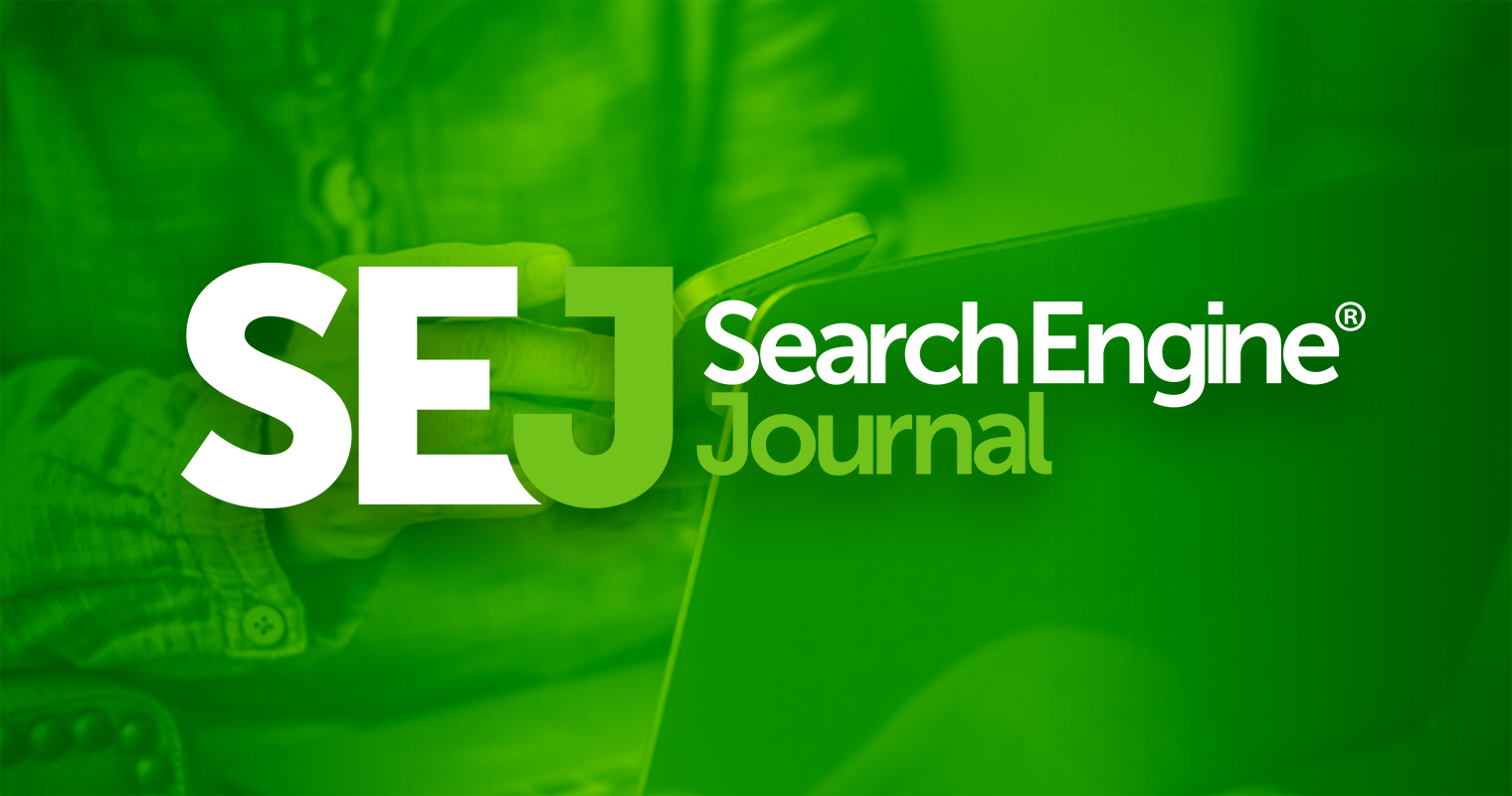
This past week, NY State Democrats held their first ever Interactive Ethics Forum. In it, they took questions from twitter users, Facebook fans, as well as questions via email in order to get the every day citizen’s concerns on the topic of Ethics Reform in NY State. While I’m not normally a political person, I found the idea of this kind of forum as a welcome step forward in the Democratic process as well as government transparency as a whole. I sincerely hope it’s something they (and others in government) continue to do and perhaps even expand upon.
Although the forum wasn’t an astounding success (certainly not a failure, I should add), there’s a number of lessons (both positive and negative) that can be learned by brands and organizations that can be applied to their own social media conferences.
Benefits of holding an Interactive Social Media Event
- REAL user engagement
- Brand and awareness & promotion
- Driving industry conversations
- Identifying users interested in your brand/niche
- Discovering the likes, dislikes, and passions surrounding your target audience
What the NYS Interactive Ethics Forum got right
Focus on user engagement
The main purpose of this forum was to allow concerned citizens to ask questions regarding important and current NY State legislation that is in need of reform. Because most NYS residents probably can’t make it to Albany at Noon on a Wednesday, the incorporation of social media technology allowed these people to (in effect) be there, too.
Simply being able to follow this forum online wouldn’t have been enough, however. In order to draw true interest in the topic, allowing users to submit questions from the comfort of their office and home ensures that the event itself was driven by this user activity. As a result, these users were more likely to follow through and attentively watch as their input was driving the conversation.
Promotion of the event
By no means flawless, for the most part, the event was properly promoted by use of both the appropriate social media channels as well as traditional means: Press Releases, etc. As a result, newspapers and bloggers alike picked up the story and helped spread the word about the event. And while there wasn’t necessarily a huge buzz around the forum, it wasn’t difficult to find information on it either.
If I had a criticism to add, here, it would be that the promotion efforts could have started earlier so that a buzz could have been generated for the campaign. More on this later…
Proper use of Technology
First, the use of a twitter hash tag #AlbanyEthics for Twitter users to submit questions and utilize for ongoing conversations is an absolute must. This also allows users the ability to follow the hash tag, too, in order to see what others are saying and asking. But if anything, this kind of effort could have been taken to the next level with services like SocialPing.com or VisibleTweets.com
Also, The video feed was quite professional. Not only did the live feed of the event go smoothly via livestream.com, the entire video was later posted for those who couldn’t see it live to watch later.
What could have been improved
Encouraging back-channel engagement
It’s not just important to have users engaging with the event or your brand’s twitter & facebook account. It’s also important to have them engage each other to further develop the conversation online. This is an effective way to build buzz (not only for the event) but the topic (in general) and, of course, your organization or brand before and even after the event takes place. It’s a conversation that (in this case) was happening anyways, and being in the driver’s seat carries a number of obvious advantages.
Buzz around the topic & event
While the promotion efforts were not completely in vain, in order to attract a more passionate interest in an event like this one, a certain “buzz” needs to be created around it. Part of that means beginning the promotion efforts earlier in order to allow conversations to begin before the event kicks off. More than that, though, developing a medium for encouraging these conversations is a must have in order to spark said engagement. Perhaps allowing users to submit questions as well as vote on others’ would have been a nice way to accomplished this.
Also, in order to truly spark interest in the topic, more effort needed to be spent using real world examples of why this area of reform is so important in the first place. Creating this kind of buzz will not only improve the amount of interest and interactivity in the forum itself, but it will also help educate voters as to why this area of legislation is important to them.
Timing of the event
One of the more unfortunate aspects of this event (to me) was the timing. 12:00 Noon on a Wednesday is probably not optimal for obvious reasons. Why was it done during regular work hours in the middle of the week? It almost seemed as though they didn’t want participation (I know that’s not true). If it had been during the evening I believe the forum would have seen much more user activity. Seemingly small decisions like this can have a big impact on the success or failure of a similar campaign event, so be mindful of organizational decisions such as this one.
Events like this are not only encouraging to people like me (who have a general distrust of government and politics). They can also serve as an reminder of one of the most effective types of social media marketing campaigns. And while this probably isn’t the most obvious example of how this type of campaign can help drive customers to your business, it serves as a helpful exercise in deciding what factors might be most important for running a successful social media event for your own organization.






